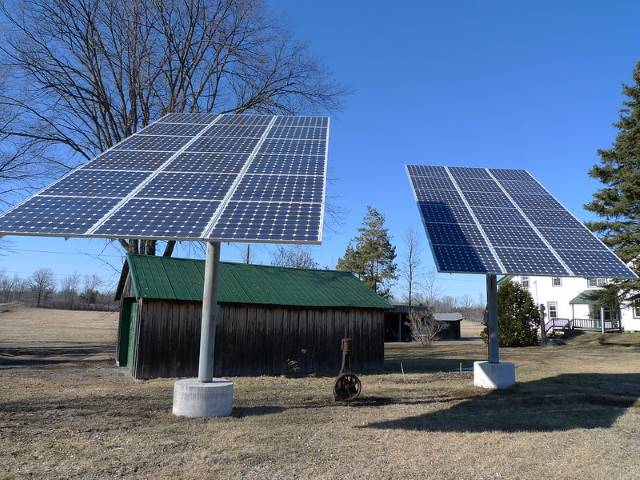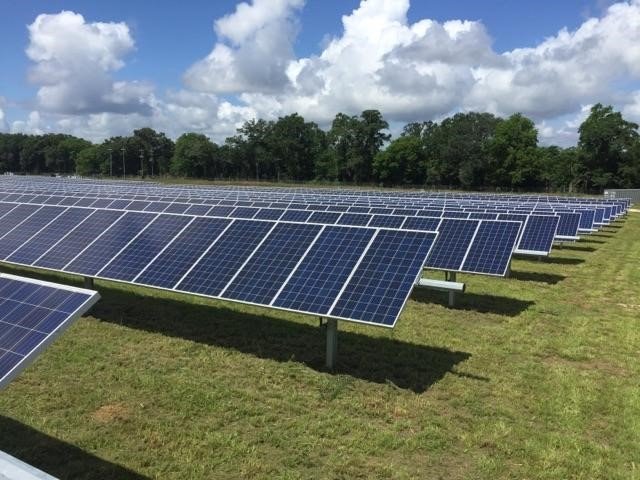
The golden state estimates its efficiency criteria have saved more than $36 billion in energy expenses because 1978, and also will save more than $43 billion by 2013. More stringent effectiveness requirements additionally help avoid rolling power outages, reduce peak demand, as well as avoid the demand to construct brand-new producing ability.
What does this concern the remainder people? Ecological worries don’t stop at the state border. With global gas and energy costs constantly climbing, it is worthwhile to take a look at the Title 24 guidelines for ways to raise performance as well as energy cost savings for tasks all across the nation.
Title 24 Requirements
Title 24 requires high-effectiveness lights, tenancy sensors, or dimmers in almost all spaces. In general, “high-efficacy” illumination is what we typically consider energy-efficient lighting fixtures. Fluorescent as well as compact fluorescent (CFL) components with electronic ballasts, as well as particular high-intensity discharge (HID) lights fall under this group. Fluorescent as well as CFL fixtures with magnetic ballasts, incandescent lights, and also components with incandescent outlets (no matter the bulb type set up) are ruled out of high effectiveness.
Title 24 guidelines and also requirements define the fixtures that ought to be utilized in nearly all areas for residences as well as structures. Right here are a few of the room-by-room information:
Cooking areas: At least 50% of the overall wattage of the kitchen area lights should be from high-efficiency lights. Low-efficacy illumination needs to be regulated independently.
Shower rooms, Garages, Laundry, and Utility Rooms: High-efficacy illumination or manual-on tenancy sensors are required.
Outside Fixtures: Illumination that is affixed to the residence or building should be high efficacy, or a combination photo/motion sensor is needed.
All Various Other Inside Spaces: High-efficacy lights, occupancy sensing units, or dimmers are needed.
Recessed Illumination: Real estates need to be both Type IC (protected covered) and Type Airtight when installed in shielded ceilings.
Electronic Ballasts: Digital ballasts (instead of magnetic ballasts) are needed for all fluorescent lighting ranked 13 watts or greater.

Often, when setting up high-efficacy illumination in an area, it is not a basic “one-for-one” adjustment. In some cases, the high-efficacy illumination will have a higher light outcome while using much less power. Other times, you’ll discover you need to specify the color of light you desire in a room. Maintain these guidelines in mind while dealing with a task:
Define the light result (lumens): While some high-efficacy fixtures have greater light output than incandescent lights, others will have reduced output. For a guideline, you need to have the ability to “lumen match” the incandescent illumination by specifying fluorescent systems that send out the same amount of lumens, while utilizing as little as one-fourth as much power. Come and visit the website for further help, tips, and advice on saving energy.
Specify the proper shade: Unlike incandescent bulbs, fluorescent lamps can be found in a variety of shades, from awesome white to warm white. For a lot of residential applications, it is better to define warmer light shades (CCT equal to 2,700 to 3,000 K), as these will provide a softer, more comfy feeling.
Magnetic versus digital ballasts: All ballasts are magnetic or digital, but electronic ballasts are more effective. Magnetic ballasts can flicker, hum, and also have sluggish start-ups, all of which waste power.
